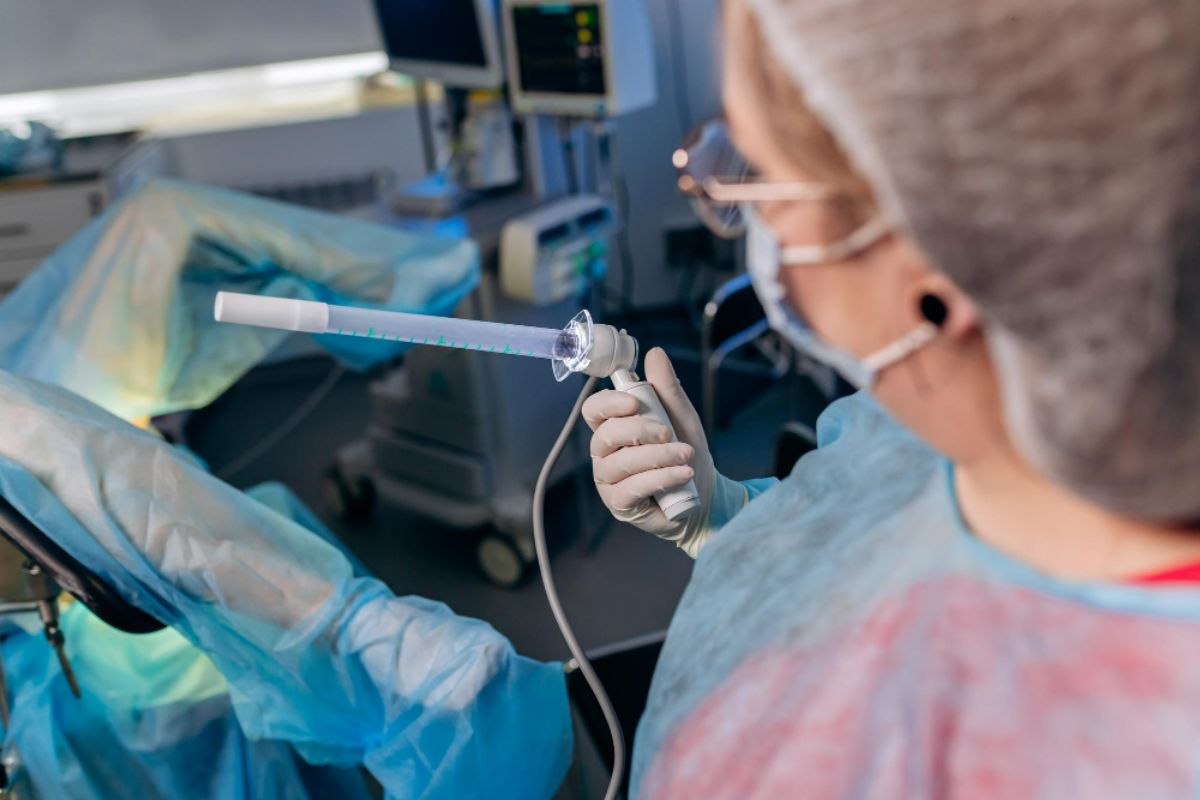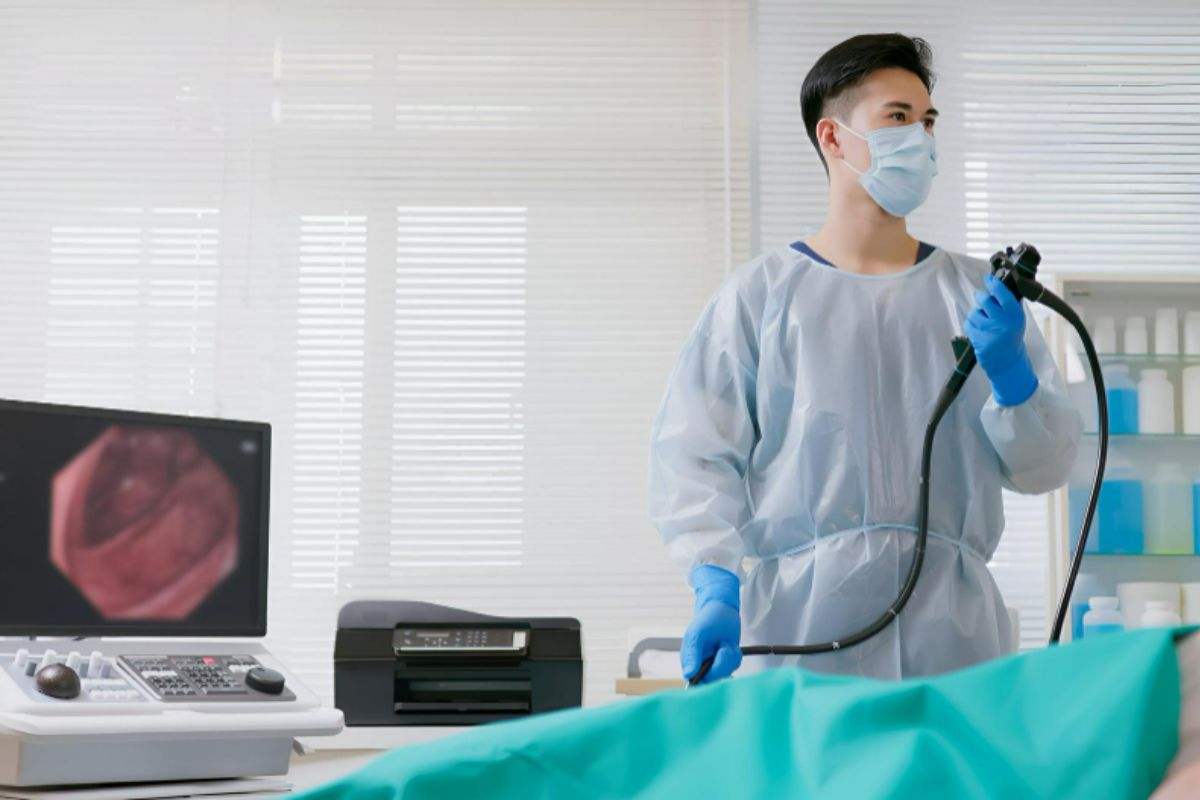What are the things you need to know about getting a colonoscopy?
- It is performed to screen for colon cancer
- It is used to investigate intestinal signs and symptoms
- It can be used to look for polyps
- It can be done for other treatment purposes
Overview
- A colonoscopy is a medical procedure that uses a colonoscope to view the rectum and colon.
- Some of the reasons to perform a colonoscopy are to screen for colon cancer, to investigate intestinal signs and symptoms, to look for polyps, and for other treatment purposes.
- While straightforward, understanding the details and preparations for a colonoscopy is crucial for proper preparation and minimizing complications.
A colonoscopy is an invasive medical procedure where doctors and gastroenterologists use a flexible tube with an attached camera, called a colonoscope, to view a patient’s rectum and colon.
This procedure is done to prevent, address, monitor, and treat issues and diseases in your large intestine. If you’re curious to learn more, this article delves into the things you need to know about colonoscopy.
It is Performed to Screen for Colon Cancer
It can be used to detect and screen diseases like colorectal or colon cancer. Doctors might recommend this to adults aged 45 and above. However, certain risk factors need to be considered before getting this procedure such as:
- A familial or personal history of colon cancer or certain types of polyps.
- A family history of hereditary colorectal cancer syndromes, such as Lynch syndrome or familial adenomatous polyposis (FAP).
- If you’ve experienced or currently experiencing inflammatory bowel disease, such as Crohn’s disease.
- If you have had radiation treatment for certain types of cancers in your pelvis or abdominal area.
Since this procedure is an invasive one, it is best to talk with your doctor or primary health provider to know if this option is for you.
It is Used to Investigate Intestinal Signs and Symptoms

You may find that doctors also recommend this procedure to patients who are experiencing unexplained but persistent or severe abdominal pain, rectal bleeding, bowel changes like constipation and diarrhea, and unexplained weight loss.
These symptoms can indicate more serious underlying issues. A colonoscopy allows doctors to inspect the large intestine and identify any abnormalities. This helps in accurate diagnosis and developing appropriate treatment plans.
It Can Be Used to Look for Polyps
Since it provides visuals of your large intestine through images taken by the colonoscope, doctors can also perform this procedure to look for polyps—a growth of tissues that develop on and inside an organ.
While most polyps are benign and harmless, some may be precancerous, which means they can develop into cancer over time. Some polyps are already malignant or cancerous. When this happens, your doctor may perform a colonoscopy or a polypectomy to remove it.
If you have had polyps before, inform your doctor as this can also warrant a colonoscopy to monitor and check for any new and recurring polyps.
It Can Be Done for Other Treatment Purposes

A colonoscopy is used to place a stent or a hollow tube in the colon in cases of obstruction. It provides relief from symptoms and improves bowel function in patients suffering from obstruction.
Doctors can also perform this to remove foreign objects in the colon, especially when they risk complications like perforation or obstruction. Through this procedure, doctors and patients can avoid more invasive surgical interventions.
What Should You Do before the Exam?
Preparing for a colonoscopy involves a thorough preparation including steps such as adjusting your diet a few days before the operation, eating a low-fiber diet for two to three days, a clear liquid diet like broths, juices, and nutritional drinks on the last day, and a laxative formula on the afternoon or the night before the operation.
These steps purge your bowels by expelling everything. You might find yourself spending hours in the bathroom, but that is expected when you are preparing for this procedure.
How is a Colonoscopy Performed?
The procedure happens the morning after you’ve taken the laxative. On that day, you will be administered sedatives through an IV. Don’t hesitate to speak to your nurses and other healthcare providers if you have any allergic reaction to any type of sedative or anesthesia.
After the sedation, the doctor or a colorectal surgeon will insert the colonoscope through your anus and move it slowly through your colon until it reaches your small intestine. They will view the video transmitted from the colonoscope to a monitor. When they reach the end of your colon, they will bring the colonoscope back through the same way, watching for a second time.
If you have stayed conscious, you may feel gas pain or pressure when the colonoscope approaches your colon. This is because the tool will blow carbon dioxide gas into your colon to inflate it, providing your doctor with a better, less obstructed view.
The procedure will take approximately 30 to 60 minutes to complete, depending on the purpose of the colonoscopy. Once done, you will be spending the first hour recovering. This will give you time to wake up from the sedatives. Your doctor will monitor your vitals and watch out for any complications.
Key Takeaway
A colonoscopy is a straightforward procedure. However, there are certain things you need to know about colonoscopy to truly prepare for it.
Here at Perpetual Help Medical Center-Las Piñas, our team of qualified medical professionals is equipped to perform and help you recover from a colonoscopy. With our Colonoscopy Package, you can avail the procedure as well as the supplies and medicines needed. Reach out to us today to learn more.

